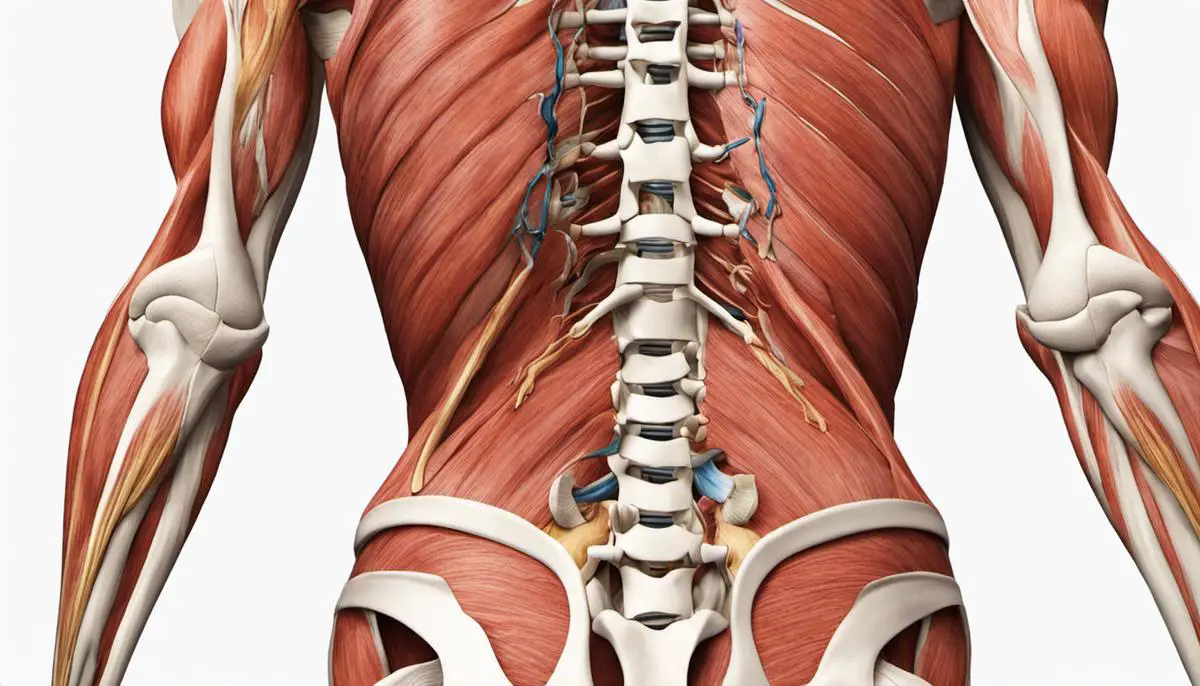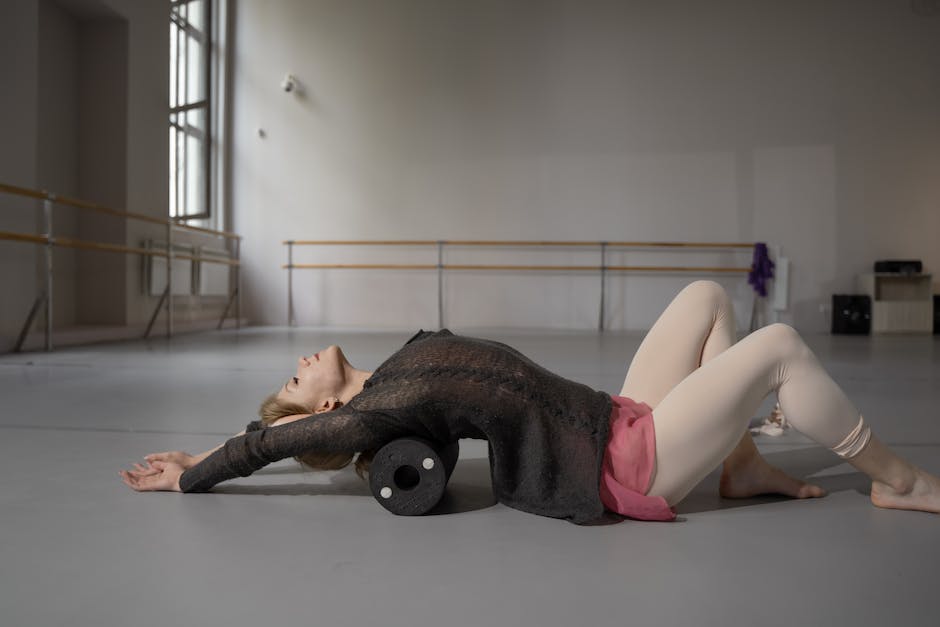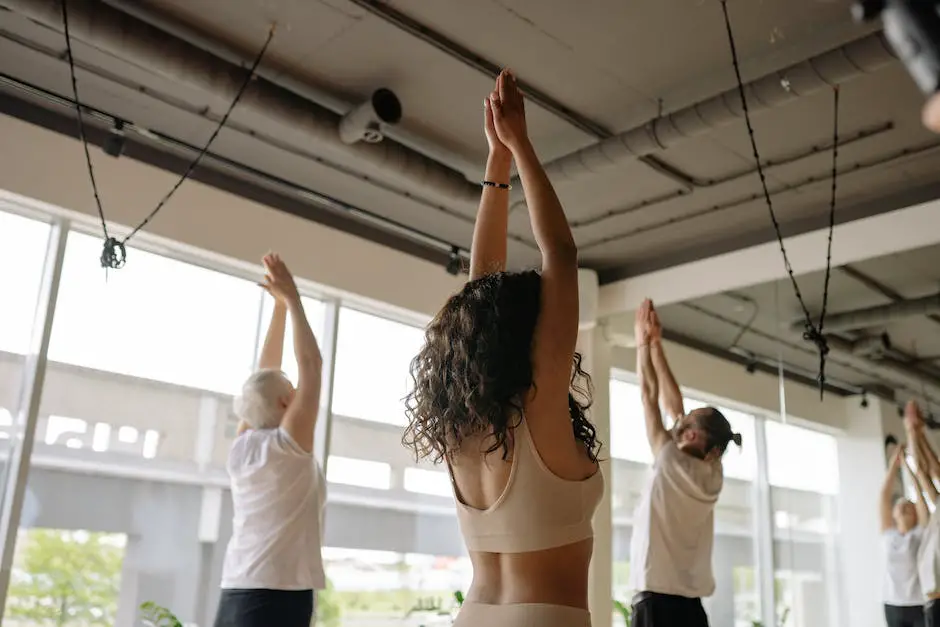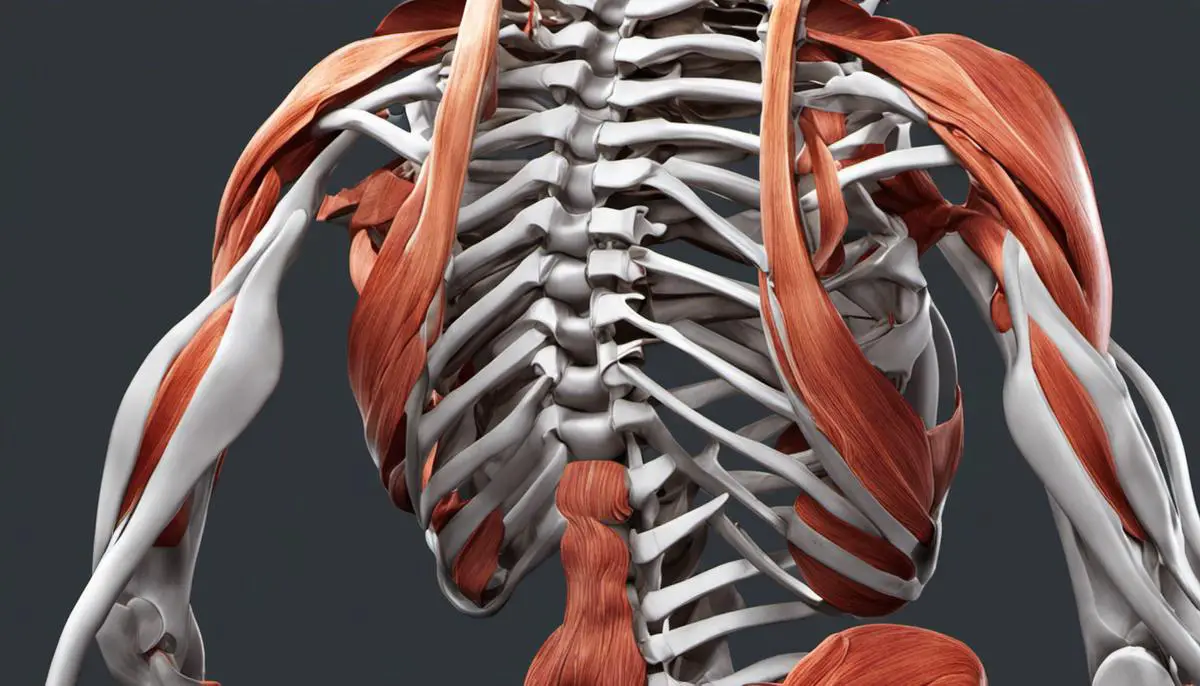Among the most crucial aspects of our physical health is the strength and flexibility of our lower back. The lower back, a complex network of muscles, ligaments, and spine structure, is fundamental in our everyday movements and activities. By deepening our understanding of the anatomy and physiology of this vital area, we can tailor our exercise regimes, postural habits, and lifestyle choices to enhance lower back strength. This not only fosters better overall health but can also diminish the risk of debilitating injuries. Thus, incorporating tailored exercises, maintaining good posture, and adopting beneficial lifestyle changes form the cornerstone of a robust and resilient lower back.
Understanding Lower Back Anatomy
Understanding Lower Back Anatomy: An Overview
The lower back, also known by the medical term lumbar region, encompasses a structure of interconnected and overlapping elements: muscles, tendons, ligaments, bones, and nerves. The primary function of these elements is to provide body structure, protect internal organs, and facilitate movement. Each plays a vital role and interacts with the other in various ways.
Muscles in the Lower Back
Several groups of muscles form the lower back. The first group, the extensors, includes the large paired muscles in the lower back, the erector spinae. They help keep your spine erect, allow you to lean back, and enable you to rotate your spine. Understanding these muscles is crucial in targeting them for strength-building exercises.
Other muscle groups in your lower back include the flexors, which allow bending forward, lifting and controlling the arch of your lower spine. They sit at the front of your stomach area. Lastly, there’s a group of muscles called the obliques or rotators. They run from the ribs to the pelvis in your lower back area and assist with spinal rotation.
The Role of Ligaments and Tendons
Ligaments are tough, fibrous tissues that connect bones to other bones. In your lower back, specifically, ligaments connect the spinal bones and provide support and stability. Tendons, on the other hand, connect muscles to bones. In observing ligaments and tendons in the lower back, it becomes easier to comprehend where potential strains and injuries may arise, and consequently, how to avoid them.
Spine Structure of the Lower Back
Your lower back comprises the last five vertebrae in the spinal column, denoted as L1 through L5. These five vertebrae bear much more weight and endure more stress compared to the other areas of your spine, making them much more susceptible to injury. Each vertebra is cushioned by a disc of cartilage that helps absorb pressure and shock.
Final Thoughts on Lower Back Anatomy
Understanding the anatomy of your lower back—its muscles, ligaments, and spine structure—provides insight into exercises and activities that can strengthen them. This understanding effectively reduces susceptibility to injury and fosters overall lower back health. By focusing targeted exercises on your lower back, you can build resistance against common injuries and improve posture and overall body strength.

Exercises for Lower Back Muscles
Specific Lower Back Exercises
One of the most effective weight training exercises for lower back muscles is the deadlift. This potent exercise engages multiple muscle groups at once, including your lower back muscles. To perform a deadlift, stand with your feet shoulder-width apart and bring that barbell over your mid-foot. Bend your knees slightly, leaning forward to grip the bar with an overhand grip. Straighten your back, then stand up with the weight, keeping it close to your body.
Bodyweight movements offer a portable, equipment-free way to strengthen the lower back, and bridges are an excellent example. To perform a bridge, lie on your back with your knees bent and your feet flat on the floor. Push your hips up while squeezing your glutes, forming a straight line from your knees to your chest. Pause at the top, then lower back down. Repeat this movement to engage your lower back and glute muscles. Incorporate the movement into your exercise routine by doing 2-3 sets of 10-15 reps several times a week.
Variation: Hyperextensions
Hyperextensions can be performed on a specialized bench at the gym or a stability ball at home. Lie face down on the bench with your hips at the edge, legs straight, and secure under the footpads. For the home-based version, lie face down with a stability ball under your hips and your feet against a wall. Lower your torso towards the floor, then raise it back to the starting position using your lower back muscles. Be careful not to overextend at the top to avoid putting unnecessary strain on the lower back. Repeat this movement for several reps.
Keep Your Workouts Diverse and Engaging
To make your workout routine diverse and engaging, mix your lower back exercises with other workouts every session. You can do deadlifts one day, then do bridges and hyperextensions the next. This variation will make sure you’re targeting your lower back muscles from different angles, which can help prevent exercise burnout and overuse injuries.
Whether you are a newbie or a gym enthusiast, these exercises will help you to build a solid lower back foundation and increase your overall strength. It’s essential to start with small weights or gentle bodyweight movements and gradually progress as your strength and stamina improve. Always listen to your body and consult a professional whenever you’re in doubt.

Posture & Lifestyle Changes
Understanding Posture’s Role in Lower Back Strength
Posture is key when it comes to strengthening lower back muscles. Maintaining a good posture helps evenly distribute weight and stress throughout all the musculoskeletal structures of the body. Slouching, hunching, or maintaining other non-neutral postures forces the lower back to handle more strain than it’s designed to manage, causing soreness, weakness, and potential injury. Bu keeping proper alignment – with ears over shoulders, shoulders over hips, and hips over knees over ankles, strain is evenly allocated, preserving and strengthening the lower back.
Staying Active to Benefit Lower Back Muscles
An active lifestyle can greatly alleviate issues associated with weak lower back muscles. Incorporating activities that improve strength and flexibility into one’s routine is recommended. Involve exercises that target the lower back, such as bridges, Swiss ball exercises, and yoga. Walking, swimming, or biking can also keep your muscles engaged and active. Maintaining steady physical activity also helps in keeping body weight in check, which reduces the load on your lower back.
The Necessity of Rest for Muscular Health
A good night’s sleep goes a long way in strengthening lower muscles since they recover and rebuild during periods of rest. Ensure you’re positioned in a manner that reduces lower back stress during sleep. An uncomfortable mattress or sleeping on your stomach can increase strain on lower back muscles, hindering their recovery. Aim for 7-9 hours of sleep, use a mattress and pillow that provide decent support, and consider sleeping on your side or back for optimal resting posture.
The Risks of Prolonged Sitting and Standing
Both prolonged sitting and standing can exert extra pressure on your lower back muscles. Take regular breaks if your job demands long periods of either. If you sit at a desk, ensure to maintain good posture: Keep feet on the ground, back against the chair’s backrest, and avoid leaning forward toward your computer. When standing, adopt a stance where one foot is a little ahead of the other to assist in reducing the load on the lower back.
Importance of Diet in Maintaining Lower Back Health
A nutrient-rich diet can help support muscular strength and recovery. Foods high in protein are essential for muscle building, while those rich in calcium and Vitamin D support bone health, which indirectly impacts the health of your lower back. Hydration also plays a crucial role in relieving back pain and keeping muscles functioning properly. Incorporate lean proteins, fruits, vegetables, and whole grains into your diet, whilst minimizing processed and fast foods.

Lower back strength isn’t achieved overnight; it’s the result of consistent efforts in the right direction. Exercises specifically designed for strengthening the lower back, combined with appropriate awareness and modification of posture, can vastly improve the condition of the lower back muscles. Furthermore, the consideration of lifestyle changes, such as staying active, getting an adequate amount of sleep, and monitoring one’s diet, only enhances the effectiveness of these muscle strengthening efforts. So, embark on a journey of comprehension and commit to regular habits that prioritize and nurture the strength of your lower back, reaping benefits that extend far beyond physical fitness to a happier, healthier life.
